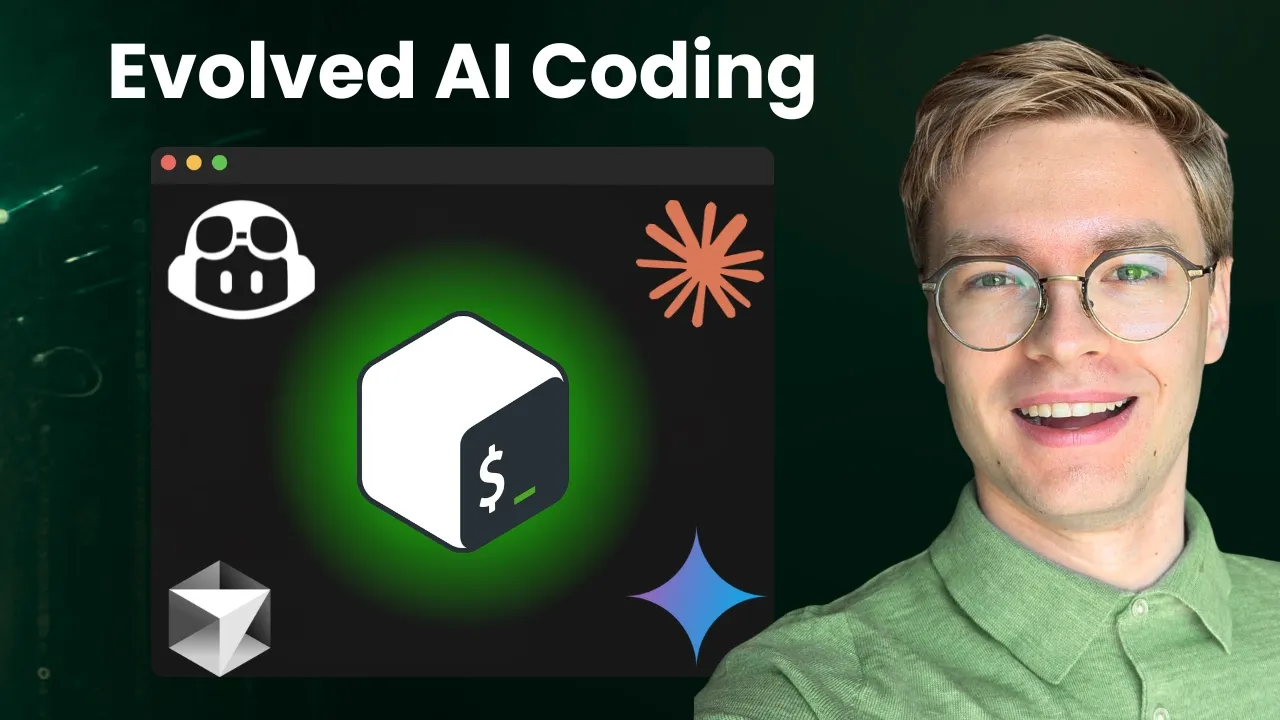AI Context Engineering Best Practices for Developers
Context engineering has become the latest buzzword in AI development circles, but most people are making it way more complicated than it needs to be. At its core, context engineering is remarkably simple: you’re giving the AI model all the information it needs to solve problems effectively. The real insight isn’t in the complexity of your setup: it’s in recognizing that decades of existing tools can provide that context better than any fancy new system.
This principle aligns with proven AI prompt engineering patterns for production systems, where simplicity and effectiveness matter more than sophistication. Understanding these fundamentals is part of what companies actually look for in AI engineers.
The Context Engineering Misconception
Many developers believe context engineering requires sophisticated memory systems, complex server architectures, or cutting-edge integration frameworks. This mindset leads to over-engineered solutions that often perform worse than simpler approaches. The truth is, context engineering is about information completeness, not architectural complexity.
The best context engineering happens when you leverage tools that developers have been refining for decades. These utilities have survived because they solve real problems elegantly. They’re battle-tested, well-documented, and—most importantly—they already speak the language of development workflows.
The Hidden Power of Mature Tools
Think about the tools that have been part of the developer ecosystem for 20, 30, even 40 years. Version control systems, database interfaces, text processing utilities: these aren’t just old tools hanging around out of habit. They’ve evolved to handle exactly the kinds of information management challenges that context engineering aims to solve.
When you use these established tools for context engineering, you’re not just using a utility: you’re tapping into decades of collective problem-solving. Every edge case that’s been discovered and handled, every optimization that’s been implemented, every interface refinement that’s made the tool more effective: all of this accumulated wisdom becomes part of your context engineering strategy.
Information Completeness Over Tool Sophistication
The effectiveness of context engineering comes from providing complete, relevant information to the AI model, not from the sophistication of the delivery mechanism. A simple command that outputs all relevant changes between code versions can provide more useful context than a complex system that tries to intelligently select what information to share.
This principle extends beyond just technical implementation. When AI models have access to complete information through simple, reliable channels, they can focus their capabilities on solving the actual problem rather than trying to work around information gaps or parse complex data structures.
The Ecosystem Advantage
Existing developer tools form an ecosystem where each tool is designed to work well with others. This interoperability is a massive advantage for context engineering. When you use established tools, you’re not just getting one solution: you’re getting access to an entire ecosystem of complementary capabilities.
This ecosystem approach means you can combine simple tools to create powerful context engineering workflows. Each tool does one thing well, and together they provide comprehensive context that would be difficult to achieve with a monolithic, purpose-built system.
Simplicity as a Design Principle
The tendency to reach for complex solutions often comes from underestimating the power of simplicity. But in context engineering, simplicity isn’t a compromise: it’s a design principle. Simple tools are easier to understand, more reliable, and more flexible in how they can be combined.
When you choose simple, established tools for context engineering, you’re making a choice that prioritizes effectiveness over impressiveness. You’re recognizing that the goal isn’t to build the most sophisticated system, but to provide the most useful context to the AI model.
Practical Wisdom in Tool Selection
Selecting the right tools for context engineering requires understanding what kind of context actually helps AI models perform better. It’s not about dumping all possible information: it’s about providing focused, relevant context that directly relates to the task at hand.
This selection process benefits enormously from using mature tools because they’ve already solved the problem of what information is most useful in different scenarios. They’ve evolved interfaces and outputs that highlight the most important details while maintaining access to comprehensive data when needed.
To see these principles applied in real development scenarios with concrete examples, watch the full video tutorial on YouTube. I demonstrate how simple terminal commands can provide more effective context than complex systems, using practical examples that you can immediately apply to your workflow. Want to master practical AI engineering techniques? Join the AI Engineering community where we focus on effective, pragmatic approaches to building with AI.

